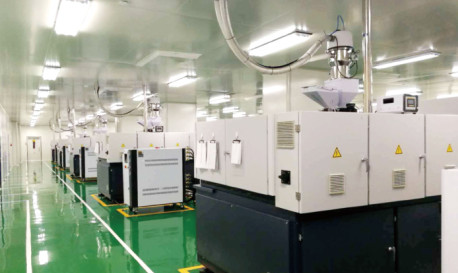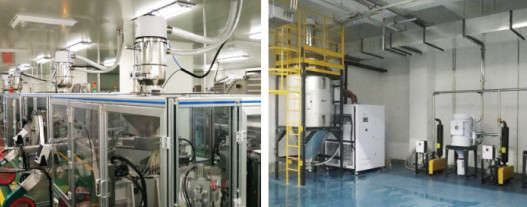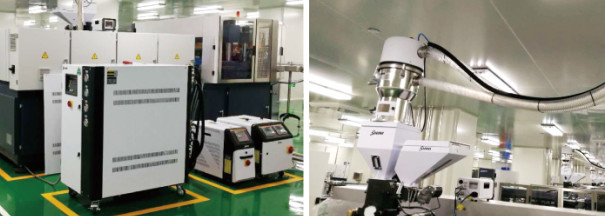Experience Sharing
Case Sharing of Central Material Handling System-Pharmaceutical Industry

In the pharmaceutical industry, modern medicine moves fast towards the automatic and intelligent directions, raising continuous higher requirements of the medical and pharmaceutical field. Most of the drug packages are made of plastics, so middle and large pharmaceutical enterprises usually have separated injection molding workshops. In requirement of strict dust-free pharmaceutical manufacturing, the standards for material handling are higher and the plastic materials produce dust during handling. It affects the quality of final products. However, is there any process to minimize the impact of these adverse factors? The answer is yes. The central material handling system can solve these problems very well.

Central material handling system usually partitions the materials and centrally manages them, and it is placed in the material zone beyond the dust-free workshop, as to prevent dust from polluting the environment, material wastes and pollution for cost saving. Material drying and dehumidifying, mixing and conveying equipment are also separated from the workshop, so it reduces the noise of equipment, exhaust emission, as well as space waste due to the disorderly arrangement of the equipment. Besides, it improves space utilization and makes a clean and tidy workshop, as a result greatly improving the total plant image.

The central material handling system usually follows fully automatic operation. With a graphical control interface, it only requires very little manpower for material input and switching operations that save lots of manpower inputs and make it easy for human resource management and collocation.
A company in Beijing is a pharmaceutical group enterprise mainly assembles new drug research and development, drugs production, distribution and sales etc. In consideration of the advantages of central material handling system, this company plans to set a central material handling system, including central conveying, material drying and dehumidifying, in the molding workshop, as to serve various molding equipments, such as the injection molding machine, filling machine, injection and blowing machine with each unit dosage of 40-100kg/h. Material conveying distance is about 60m, and main materials are HDPE and desiccant material. As the HDPE is non-hygroscopic material, it doesn’t need drying. However, the desiccant material is highly hygroscopic, dehumidify drying are necessary to guarantee materials are always in the dry status and avoid moisture absorption. Considering the specificity of the pharmaceutical, all pipelines are built inside the layers when constructing the central conveying system. Two rows of pipelines are arranged with the column at the middle of the workshop to maintain the cleanliness level of the dust-free production.
Experience Sharing
If you want to read other articles, back to2018 Quarter 4 Issue 37.
